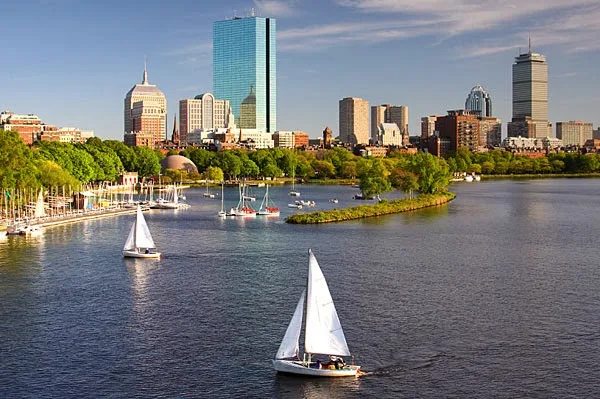Top 3 Greenest Cities To Move To
When
planning to make a move to a new city, it is a definite investment for your
future. You will be deciding where the next few places of your life will
take place, where you and perhaps your significant other will consider laying
down some roots, and possibly even where your children will grow up. Not
only are you thinking about your future at times like these, but so are state
and city governments and private businesses. The future of our earth,
air, and water, are all in our hands. That is why some cities in the
United States have implemented plans for make this future last long and be as
happy as the one you may be envisioning for your current or future family.

There are a lot of things to consider when
thinking of the right city to move too. Assuming a job or previous
obligation doesn’t have the destination previously decided, you will most
likely be looking at several things: industry, accessibility, climate, and
reputation. One of the most forward thinking reputations that many cities
are striving to achieve in modern times is that of being a clean, efficient,
eco-friendly ‘green city’. Because it is considered the future and having
better overall standard of living for it’s citizens is important to it’s
growth both economically and culturally, cities in 2013 are looking more and
more into options for a recyclable green future.
If you’re in the dark
about which cities are best to move too ‘for the environment’, and are tired of
hearing social media accounts of what cities are best or worst, this may clear
up some of your confusion. Maybe cities have different functions and
institutions in place that are an attempt for a brighter greener future, but
actual statistics and evidence can help shed some light on which city you could
consider moving too for that great quality of living without feeling isolated
from the modern world.
Here are the current top three cities ‘going green’ in the United States:
3. Boston, Massachusetts
One
of the largest cities in America happens to be also very high up on the green
list. Boston has recently unveiled a plan to open up a plant within the
city that can turn upwards of 55 thousand tons of foliage, fallen leaves, and
yard clippings, into clean and recycled fertilizer and energy to give back to
it’s people. A complex and ingenious technique will be used to separate
the natural collections and allow them to be naturally broken down through the
use of bacteria and probiotics, which then creates heat and methanes that can
be turned into clean and usable power sources. I’m sure with the massive
amounts of convenient public transit used to by the dense population for
commuting will benefit from this attainable and affordable energy plan that
will also create many more jobs.
2. San Francisco, California
Being on such a tough terrain to conquer, seeing as the entire cities lies either in a bay at sea level or on steep inclines from the mountain range ascending down, you would think that efficient and effective public transit for the masses would be a tough thing for the city to attain. However San Francisco’s public transit programs are one of the most modeled and magnificent institutions in modern America. The most notable of installations is the public rail cars, or ‘Trolleys that allows thousands of commuters to use daily to travel up and down the steep hills with ease. In a city where driving vehicles up these steep inclines every day can burn fuel faster than a parking lot of idling 18-wheelers, having an electric trolley that can affordable move dozens of people at a time around the city is vital for the financial and safe state of it’s people.
1. Portland, Oregon
Stereotypes are often wrong, however this one is actually accurate and something to be proud of. Portland, Oregon, known for it’s eccentric 90’s-esque culture and vastly eco-friendly inhabitants, has fallen once again under the champion light of being the greenest city in America. It’s public transit systems are very effective and span from trains to buses to even shared bicycle programs. The city’s recycling plants process the most amount of re-usable materials each year, mostly in part because of the proper participation from it’s residents. The plants are able to turn almost half of the city’s waste back into re-usable energy and various other products. Since it’s all done within the city and returned back to the people, import costs are very low.
Author Bio:
Zane Schwarzlose writes for The Grass Outlet, an Austin-based sod seller. Zane wishes that Austin would be more green.











